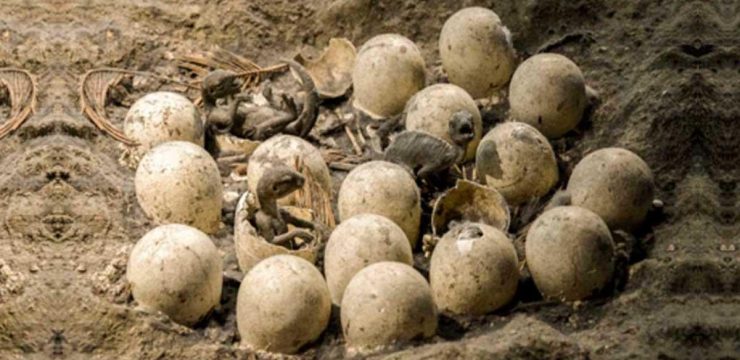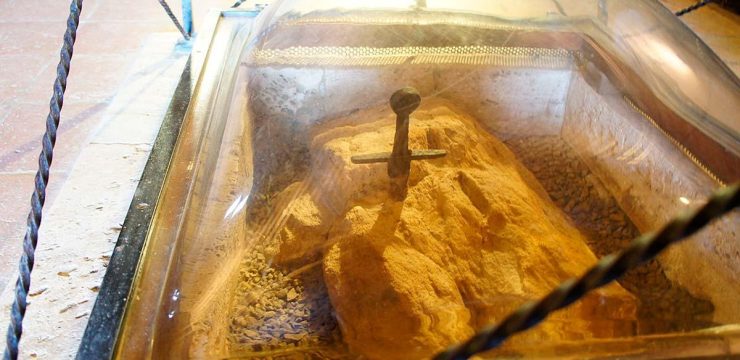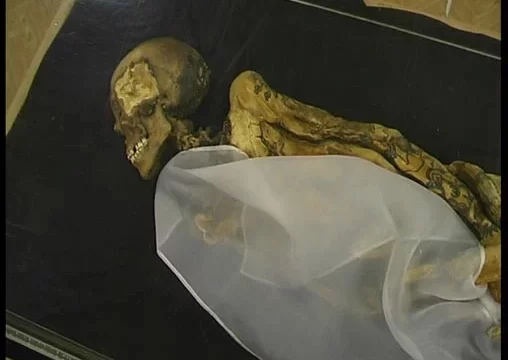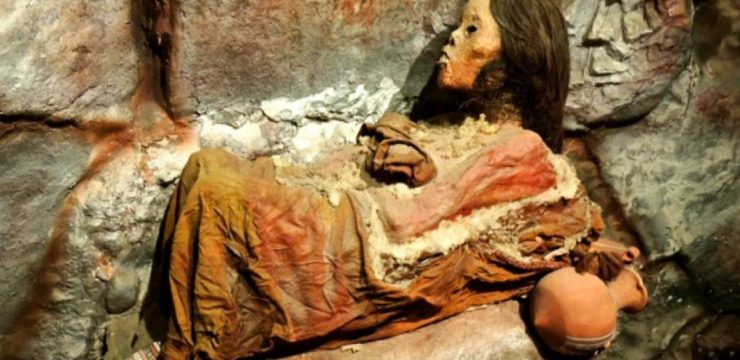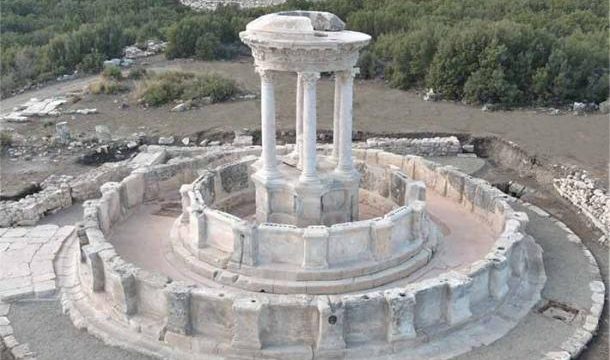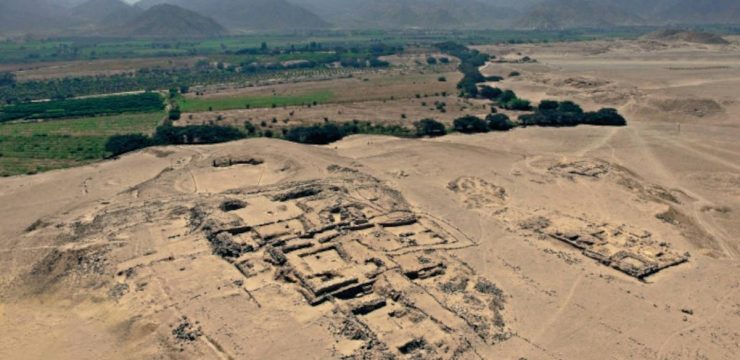Amid the rugged landscapes of northwestern Tunisia, where the terrain rises like an impenetrable fortress sculpted by time, the Jugurtha Tableland stands as a silent witness to the intertwining forces of nature and human endurance. This ancient plateau, both a geological marvel and a historical sanctuary, offers an awe-inspiring glimpse into the past. It is a place where sheer cliffs guard the echoes of long-forgotten struggles, where time itself seems to stand still upon the weathered rock.
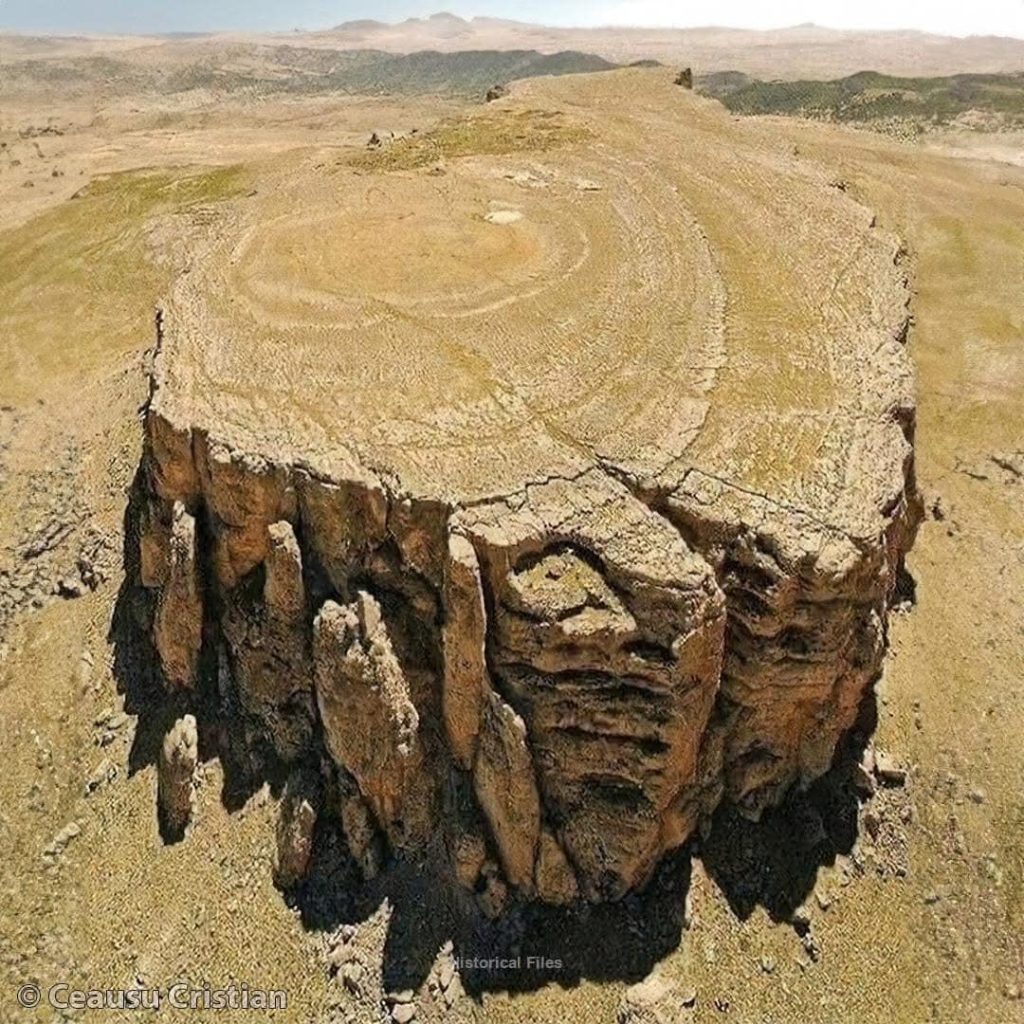
The Geological Masterpiece of Time
The Jugurtha Tableland is more than a striking natural formation—it is a masterpiece millions of years in the making. Rising to an elevation of 1,200 meters (3,937 feet), this flat-topped plateau spans an impressive 80 hectares (nearly 200 acres). It is the result of relentless forces—wind, rain, and tectonic activity—shaping the land over eons. The steep, almost vertical cliffs give it an air of invincibility, while the plateau’s summit offers a vast, open expanse unlike any other in the region.
Legends once spoke of the plateau as the remnants of a petrified forest, a story woven into local folklore. However, geologists have uncovered a far more intricate tale. The tableland is composed of sedimentary rock layers, revealing a long and complex history of deposition, compression, and uplift. Each stratum serves as a record of ancient seas, shifting landscapes, and the relentless passage of time. The land itself speaks of an era when geological upheaval gave birth to this elevated stronghold, one that would later serve as a sanctuary for human resilience.
A Natural Fortress Turned Into a Kingdom’s Last Stand
For most, the Jugurtha Tableland may appear as nothing more than a geological marvel, yet its historical significance runs just as deep as its rock layers. During the 2nd century BCE, this plateau became the last bastion of King Jugurtha of Numidia, a figure renowned for his fierce resistance against the expanding Roman Republic. With its towering cliffs forming a nearly impenetrable barrier, the tableland provided the perfect stronghold against the relentless Roman campaigns.
Jugurtha, known for his cunning military tactics and resilience, strategically utilized the natural defenses of the plateau. Its elevation and sheer drop-offs made direct assaults almost impossible, forcing the Romans into a prolonged siege rather than open battle. Even as Rome deployed its formidable legions, Jugurtha and his forces held firm, taking full advantage of the plateau’s natural water sources and hidden food storage systems. Archaeological evidence suggests that the Numidians carved out granaries and water basins from the stone itself, ensuring survival under siege conditions.
Despite its defenses, Jugurtha’s resistance eventually crumbled due to treachery rather than military defeat. Betrayed and handed over to the Romans in 104 BCE, his capture marked the end of an era, yet the legend of his last stronghold remained etched into the memory of the land. Even today, the ancient fortress retains the echoes of that fateful struggle—a symbol of defiance, resilience, and the brutal tides of history.
Echoes of Ancient Life in Stone
Wandering the pathways leading up the plateau, one cannot help but sense the invisible footprints of those who came before. The Jugurtha Tableland was not merely a place of defense; it was a living community, a self-sustaining microcosm carved into the rock. The remnants of ancient structures, some cut directly into the cliffs, suggest that people adapted to the harsh environment with remarkable ingenuity.
The signs of their resilience are still visible. Channels etched into the rock surface hint at an advanced understanding of water management, essential for survival in this arid region. Small caves and shelters, likely used by soldiers and refugees alike, remain as silent markers of an era when this plateau served as both a refuge and a battlefield. Even in the absence of written records, the stones tell their own story—one of adaptation, perseverance, and the human will to endure.
A Living Heritage Preserved in Time
In modern times, the Jugurtha Tableland remains an enduring landmark, not just for Tunisia but for the world. Recognized on Tunisia’s UNESCO Tentative List, it stands as a natural and cultural treasure, a place where the forces of geology and human history converge. Unlike many other ancient sites where only ruins remain, the tableland is still very much alive—a place where the past lingers in the whispering winds, and where visitors can immerse themselves in the same landscapes that once sheltered warriors and kings.
The breathtaking panoramic views from the summit offer more than just scenic beauty—they provide a window into history. Looking out over the vast horizon, one can almost picture the encampments of Jugurtha’s warriors, the watchful eyes scanning for Roman legions below. This site is not just a monument to the past, but an enduring narrative of struggle and survival. It is an open-air museum where the earth itself preserves the memory of those who once called it home.
A Timeless Connection Between Past and Present
The Jugurtha Tableland stands as more than just a geographical wonder or an ancient battlefield—it is a bridge across time, connecting us to the distant past. The forces that shaped it, both natural and human, remain etched into its very essence. It reminds us that landscapes are not merely backdrops to history but active participants in the stories of civilizations.
The plateau’s significance transcends its historical and geological importance. It serves as a testament to endurance, to the way people have learned to adapt, survive, and create in the most unforgiving of environments. In a world that is ever-changing, places like the Jugurtha Tableland offer a sense of continuity, a reminder that the struggles and triumphs of the past still echo in the present.
As the sun sets over its towering cliffs, casting shadows that stretch like silent guardians of memory, the plateau continues to stand, unyielding against the march of time. It is a place where stories are not written in books, but in stone itself, a sanctuary of history that invites us to listen—to the wind, to the rock, to the whispers of those who once stood upon this very ground.
Some places endure not just in physical form, but in the collective memory of humanity. The Jugurtha Tableland is one such place—a timeless sanctuary of stone and memory, forever etched into the landscape of both Tunisia and history itself.
